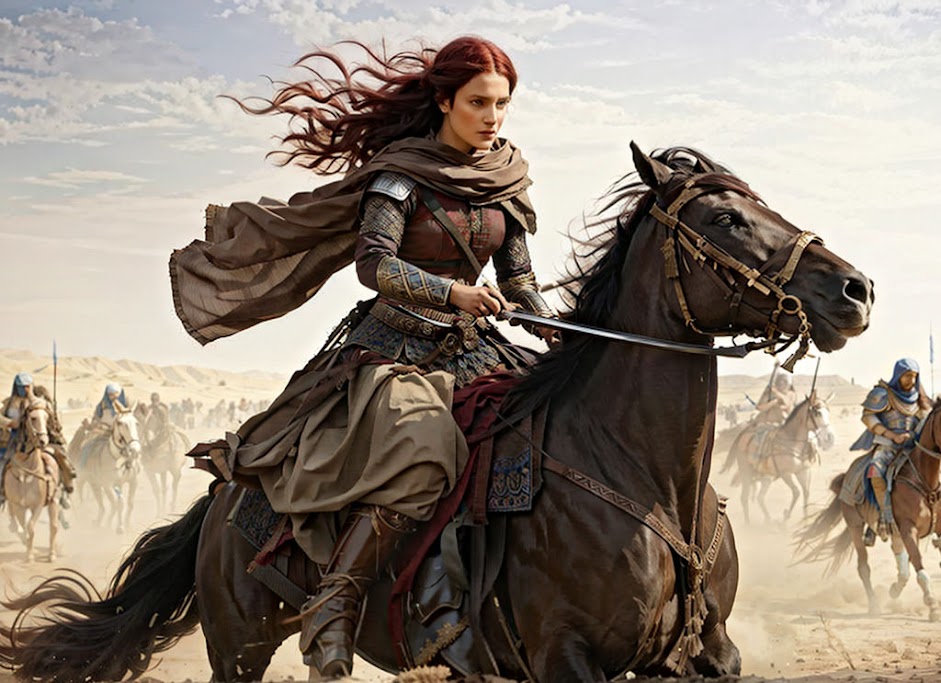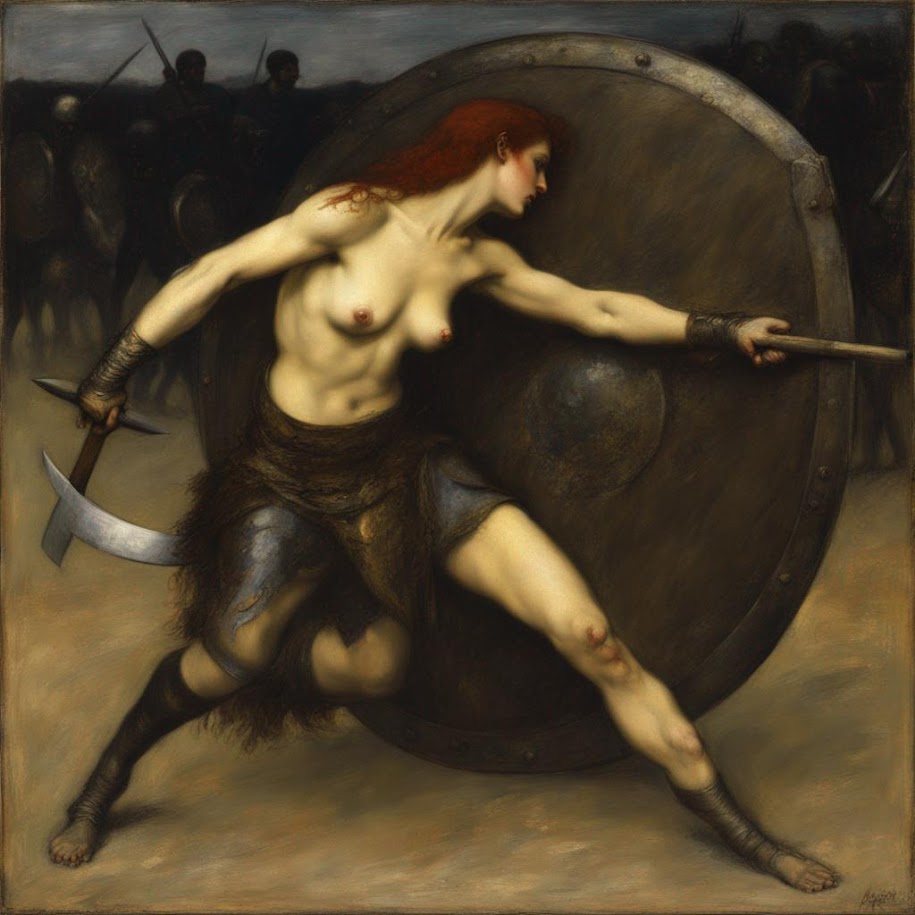The painting Jnazet is the peak of a multifaceted representation of the artist’s political and social ideologies that were intensified following the Ba'athist Coup. The funeral ‘procession’ is harshly etched, with jagged and symmetrical tendencies; an uplifted arm both appears to beat a drum and gesture in defiance. The facial features of the people are grimly set and the bold though austere colours typify the visual language of the artist’s anguish. An exceptional example of Sabri’s important artistic output of this period, Sotheby’s is honoured to offer this iconic work by the artist. More on this painting
The career of the Iraqi modern master Mahmoud Sabri has followed a similar trajectory to that of a number of Middle Eastern artists in exile. Largely ignored for a considerable part of his life for political and personal reasons, his importance has only latterly come to light, and his following and appreciation suddenly taken on a life of its own. Born in 1927 in Baghdad, Sabri pursued a degree in social sciences at Loughborough University in the UK. While in England, his interest in painting developed and he attended evening art classes, making his artistic debut in an exhibition held at the Iraqi Embassy in 1947. Following university he made a successful career in banking, becoming deputy head of the largest national bank in Iraq at the age of 32. He had meanwhile met with the group of artists that was to eventually form the Societé Primitive, including Khalid Al Qassab, Faik Hassan and others, exhibiting with them at the Al-Qassab residence in 1952. Unlike the Jama't Al Fan Al Hadith, including Jewad Selim and Shakir Hassan Al Said, Sabri was committed to a more democratic ideology that everyone's cultural heritage should be incorporated and adopted as his own. Sabri’s education had sensitised him to social issues and with his growing love of art, he soon resigned from the bank to take responsibility for establishing the first Exhibitions Department in Iraq. His political beliefs however remained a central theme throughout most of his artistic career, and he started to focus on painting. Typical of many artists from the region, including those from the neighbouring countries of Iran and Russia, he was socio-politically engaged in a region where artists felt compelled to serve a purpose and art was considered a tool – just like literature – for expressing political concerns and speaking out against repression. Well-read in Marxist thought on art and culture, Sabri naturally gravitated towards Realism and became an active writer and intellectual. More on Mahmoud Sabri
Please visit my other blogs: Art Collector, Mythology, Marine Art, Portrait of a Lady, The Orientalist, Art of the Nude and The Canals of Venice, Middle East Artists, 365 Saints, 365 Days,
and Biblical Icons,
also visit my Boards on Pinterest and deviantart
Images are copyright of their respective owners, assignees or others.
Some Images may be subject to copyright
I don't own any of these images - credit is always given when due unless
it is unknown to me. if I post your images without your permission, please tell
me.
I do not sell art, art prints, framed posters or reproductions. Ads are
shown only to compensate the hosting expenses.
If you enjoyed this post, please share with friends and family.
Thank you for visiting my blog and also for liking its posts and pages.
Please note that the content of this post primarily consists of articles
available from Wikipedia or other free sources online.
.jpg)















.jpg)